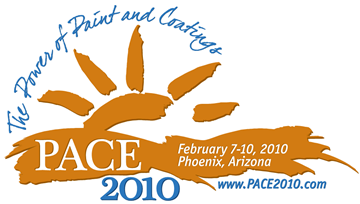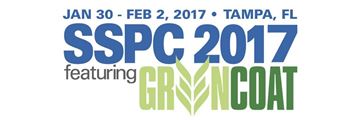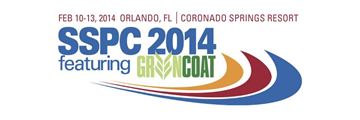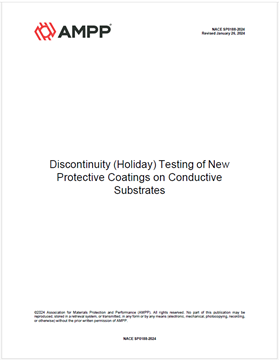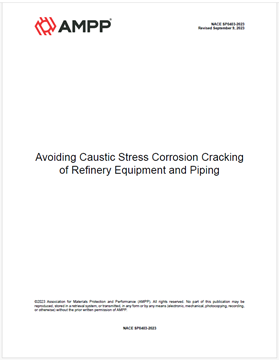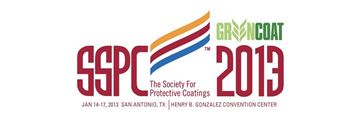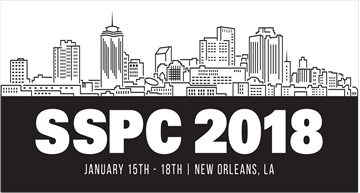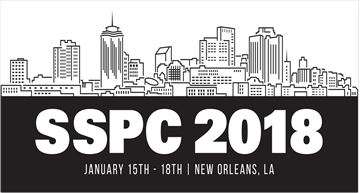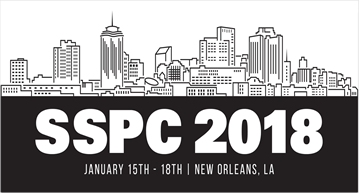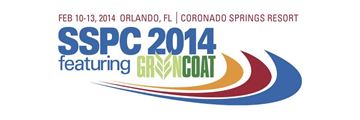Search
Products tagged with 'equipment'
View as
Sort by
Display
per page
Ice and Snow, Away We Go! Painting Ships In Cold Winter Conditions
Product Number:
41210-537-SG
Publication Date:
2010
$20.00
Ladder Safety - Protecting Workers from a Complex Hazard
Product Number:
51217-051-SG
Publication Date:
2017
$20.00
Lowering the Total Cost of Surface Preparation
Product Number:
41214-821-SG
Publication Date:
2014
$20.00
Measuring IR-Free Potential: Analysis of the Remaining IR Components in the Off Measurements and Importance of the Design of SRE with Integrated Coupon to Obtain it.
Product Number:
51323-18803-SG
Publication Date:
2023
$20.00
NACE SP0188-2024, Discontinuity (Holiday) Testing of New Protective Coatings on Conductive Substrates
Product Number:
NACE SP0188-2024
Publication Date:
2024
$109.00
NACE SP0403-2023, Avoiding Caustic Stress Corrosion Cracking of Refinery Equipment and Piping
Product Number:
NACE SP0403-2023
Publication Date:
2023
$109.00
Plural-Component Material Application Does Not Have to be Difficult
Product Number:
41213-758-SG
Publication Date:
2013
$20.00
Portable Plural Component Equipment Utilizing Synergistic Chemistry
Product Number:
41212-718-SG
Publication Date:
2012
$20.00
Power Tool Cleaned Surfaces New Insights into Surface Profile Measurement
Product Number:
51218-166-SG
Publication Date:
2018
$20.00
Respirators - What's Needed for an OSHA Respirator Program
Product Number:
51218-098-SG
Publication Date:
2018
$20.00
Rules of Removal: Chemical Paint Stripping and Historic Masonry
Product Number:
41214-839-SG
Publication Date:
2014
$20.00

